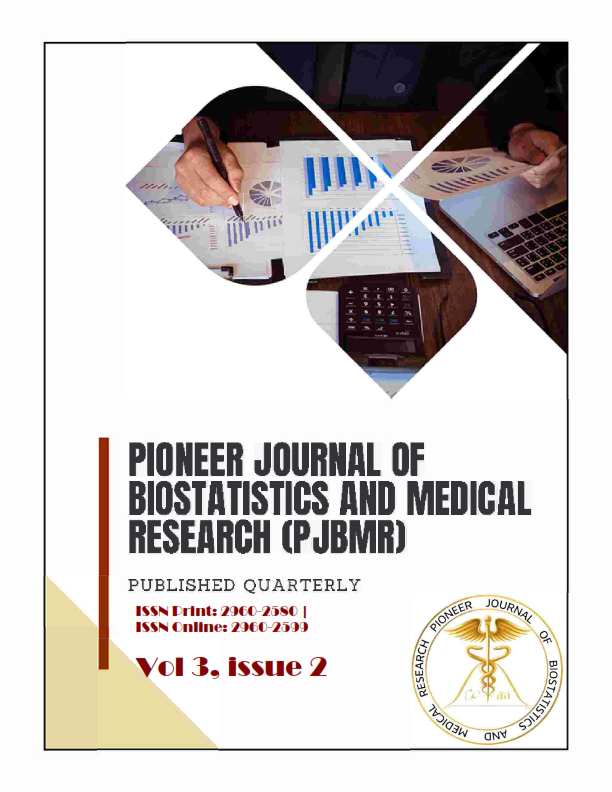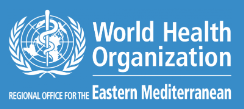Risk Assessment of chronic venous insufficiency and varicose veins Among Teachers: Prevalence, Patterns, and Perspectives in Sahiwal Division, Pakistan
DOI:
https://doi.org/10.61171/v03.2.2Keywords:
Varicose veins, Risk factors, Long standing, Teacher, Occupation, Health educationAbstract
Background: The prevalence of varicose veins in the legs is commonly observed across the global population. However, the specific prevalence of varicose veins and the associated risk factors within the Sahiwal division are not clearly known. Objectives: This study aimed at clarifying the risk factors for varicose veins among teachers in Sahiwal division. This study's objective was to evaluate the risk of varicose veins among teachers Sahiwal division, Pakistan. Methodology: Distributions of frequency and percentage were used to summarize the data. The t-test and chi-square test were used to assess statistical significance. This cross-sectional survey was carried out during February to April 2025 among teachers of both genders working in Sahiwal division's Primary, elementary, and high schools. Results: Mean age of both gender were 42.2 ± 2.06 years, 306 (51%) of the 600 participating instructors were male, while the remaining teachers were female. Pain in the legs increase especially during work (20.5%). The majority of participants (31.0%) had been employed for more than 15 years, and (41.0%) had been standing for fewer than five hours each day. Spider leg-shaped veins were the most noticeable symptom (24.2%). Swelling in the leg or ankle, was the common indicator (40.5%). 179 instructors in all had a family history of varicose veins; 84 of them (14.0%) had already received a varicose vein diagnosis. Conclusion: Obesity, family history, more than five hours standing is associated risk factor of chronic venous insufficiency and varicose veins among teachers that are above 45 years old. In summary, female educators who have a family history of varicose veins are at a higher risk of chronic venous insufficiency and varicose veins disease. Teachers in the Sahiwal division have a significant prevalence of varicose veins. This study indicates that teachers are far more likely to develop the disorder because of the way they work, which accelerates the condition's advancement.
Downloads
Downloads
Published
Issue
Section
License
Copyright (c) 2025 Ansar Ali Faraz, Waqas Makhdoom (Author)

This work is licensed under a Creative Commons Attribution 4.0 International License.












